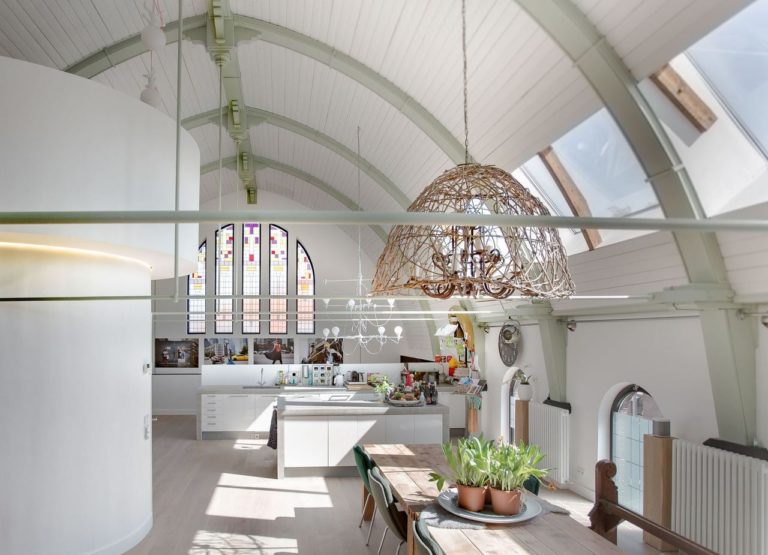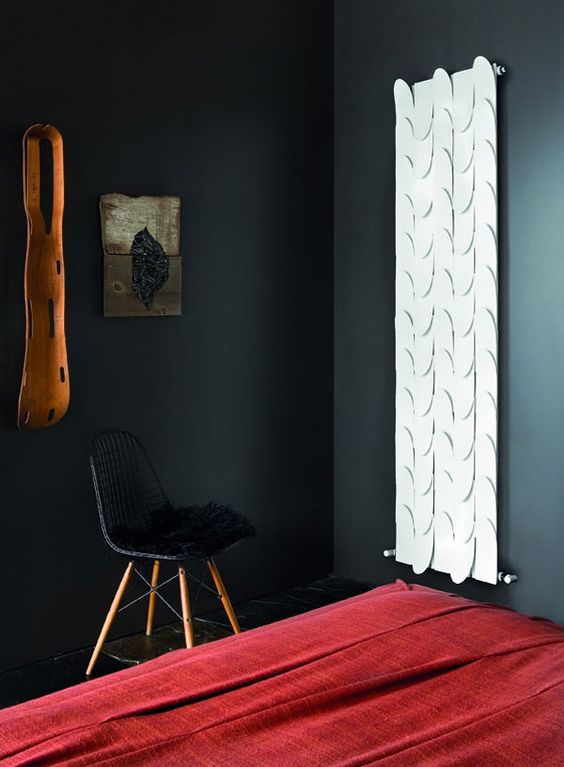Three Ways to Weatherproof Your Home
One of the basic purposes of a home is to shelter you from the outdoors. This security is especially the case if the outdoors is subject to extreme weather conditions like heatwaves, blizzards, or thunderstorms. It’s your home weatherproof ?
If your home appears to be failing to serve this purpose, it is important re-evaluate it and consider ways that you can protect yourself and your home from the impact of extreme weather conditions.
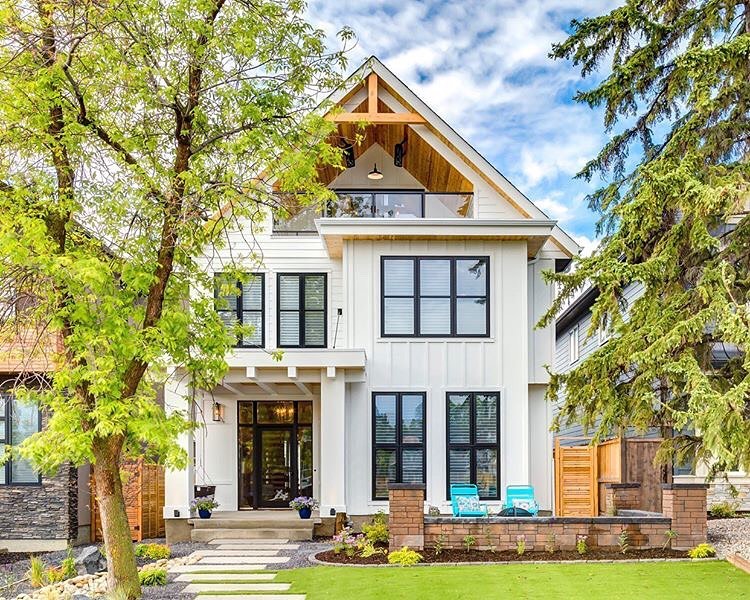
It is useful to weatherproof your home to ensure not just your own comfort, but to also ensure that your house does not face any long-term, premature damage as a result of adverse weather.
By weatherproofing your home, it will stay better for longer.
Preparing your house for adverse weather conditions may seem daunting, but here we have broken down three basic ways you can get started!
1. Install siding
Installing siding on your house has a wealth of benefits.
As well as protecting your home from damaging weather and pests, it is an easy way to overhaul the overall aesthetic of your house.
When it comes to siding, you have a range of materials to choose from depending on your preference and vision for your home, including vinyl, fiber, cement and wood.
Installing siding, however, isn’t a decision that you should take lightly.
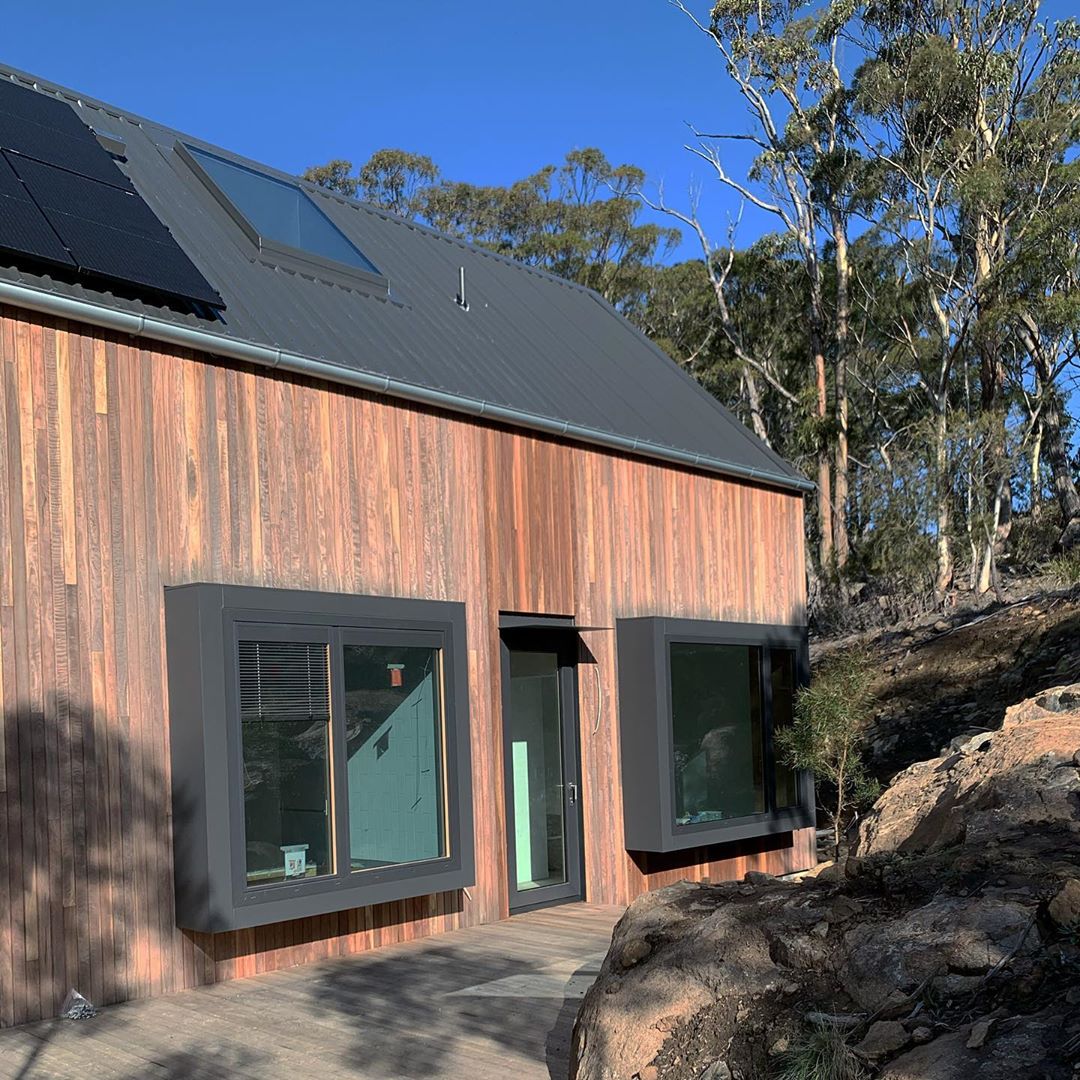
If you are unsure of the next step to take, it is good to contact a roofing company like Avidus Roofing for advice on services like siding installation.
When it comes to installing siding, roofing companies can take you through the whole process.
They can inspect your home, give you an idea of pricing and recommended siding types, and install them to a high quality and secure standard.
2. Make wall repairs
It is crucial to inspect your walls for any water damage to protect it from being damaged by any further weather issues.
A good way to know that your wall is starting to get water damaged is if sections of your wall appear ‘cracked’ or puffy.
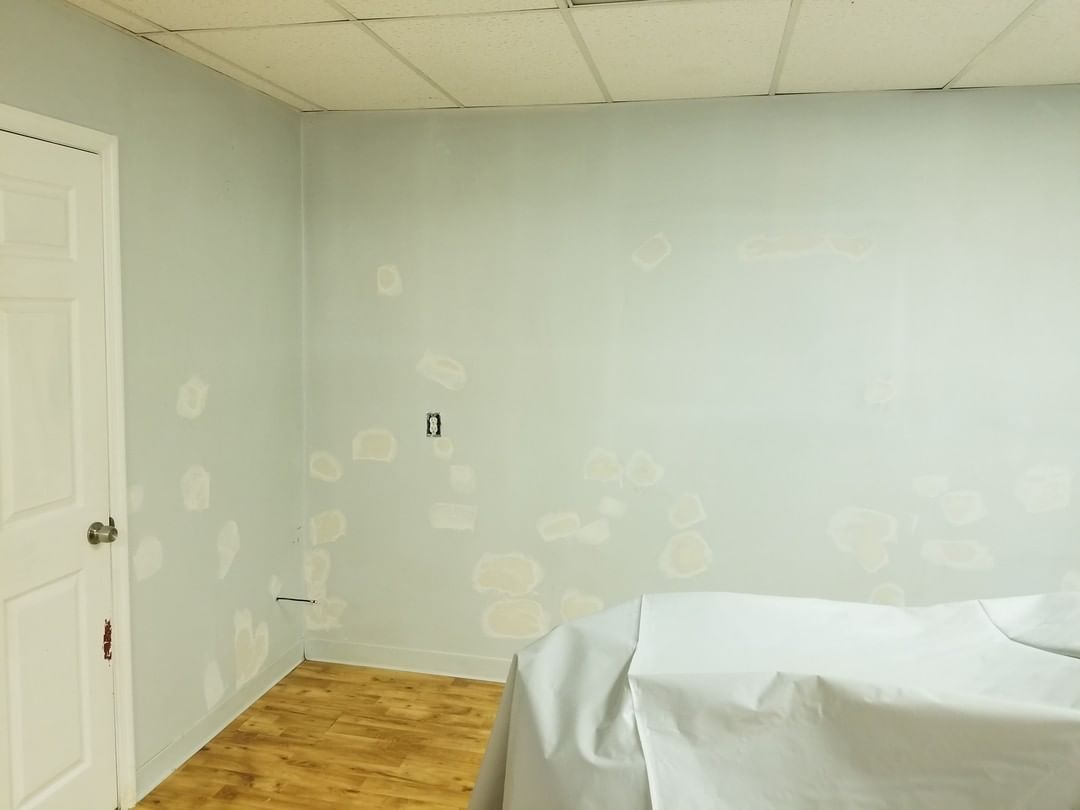
If this happens, you can repair your wall by firstly peeling off the loose bits.
Then, you can fill in the remaining cracks with filler and once it dries, paint over the wall so it’s good as new and more secure than ever.
It is good to use masonry paint, as this kind of paint is especially good at withstanding extreme weather conditions.
3. Weatherstrip your house
‘Weatherstripping’ quite simply refers to sealing all the gaps around your home. Most commonly, you’ll find these kinds of gaps around windows and doors.
The reason sealing these gaps is a critical process in weatherstripping your house is because these gaps can let droughts and wet weather seep into your home.
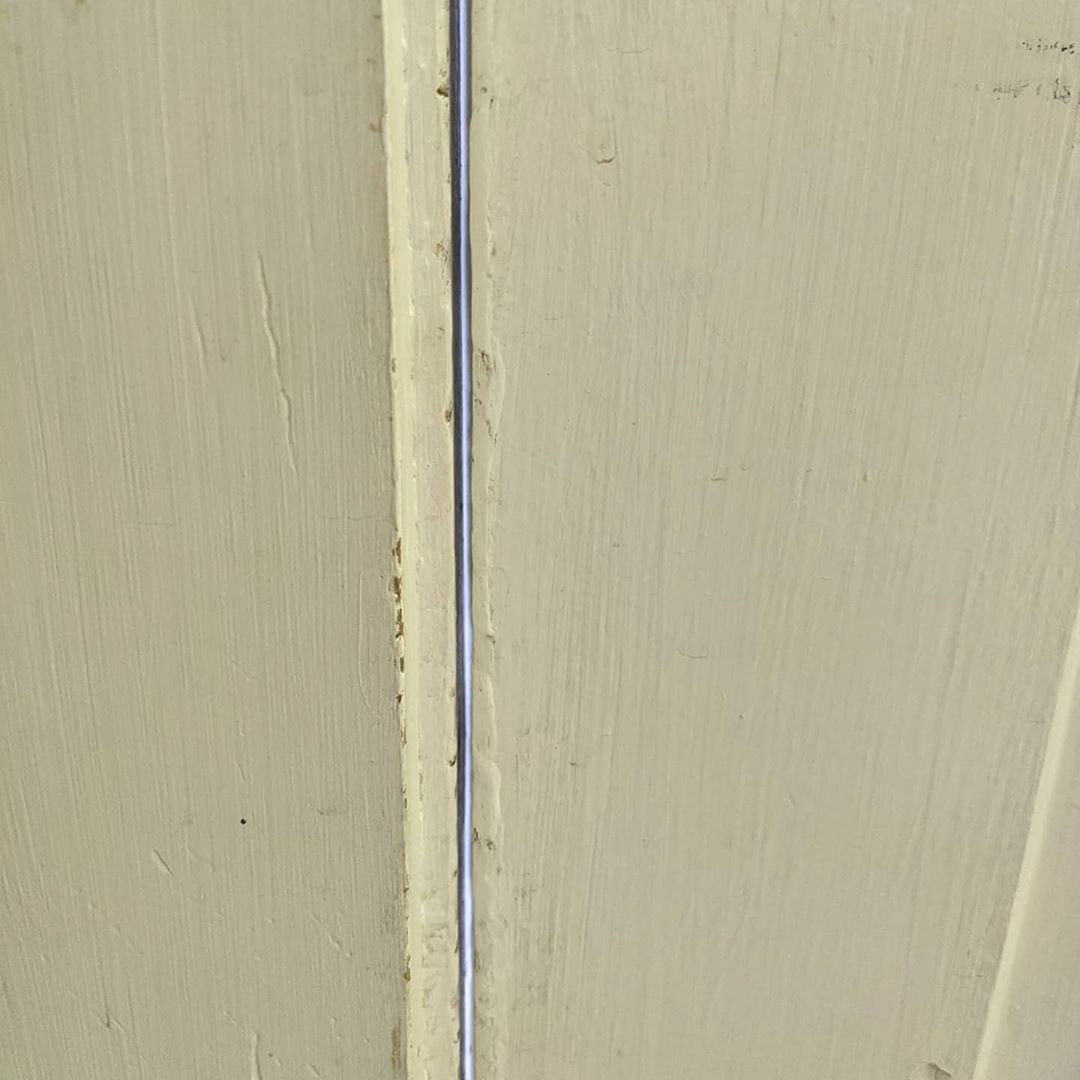
This moisture can cause, damp, mold and an overall chilly and uncomfortable environment, especially in the winter.
By weatherstripping your home, you not only solve the above problems, but you also get to save money.
With weatherstripping being a great insulator, you can save 10-15% on your energy bill!
Weatherproof Your Home : Conclusion
As you can see, there are countless ways that you can protect your home from extreme weather conditions.
It’s crucial to note that if you are planning on weatherproofing your house for winter, you should do so before the cold weather hits.

It’s good to be prepared and get the most out of these adjustments for longer.
So, whether you’re looking for a quick fix, a complete home overhaul or a way to flex those DIY muscles, these quick tips should give you the direction you need to start this process.

